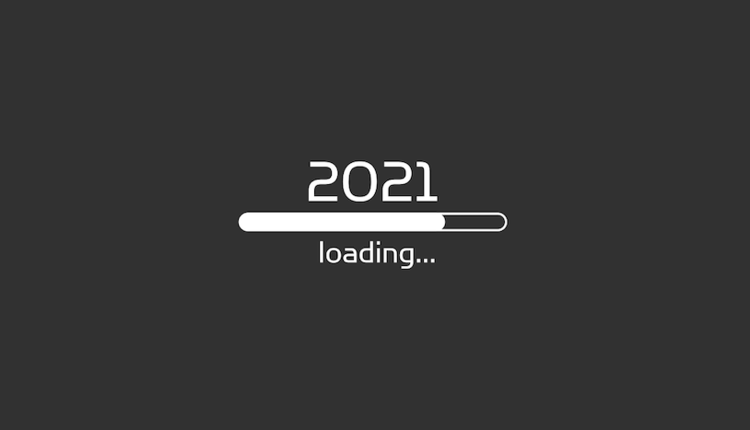
One of my favorite quotes from Benjamin Franklin is, “If you fail to plan, you are planning to fail.” While 2021 seems far away, let me just say it is not too early to start the planning when it comes to budgeting. While some companies may already have completed their 2021 budgets, other companies are being overwhelmed by 2020 and can’t even think about 2021 yet. Wherever your company is in the process, it’s important for you to be involved, because if this year has taught us anything, it’s that businesses processes require some significant changes. So, let’s look at the lessons of 2020 and turn those into 2021 budget items.
The events of 2020 tested the speed and flexibility of your people and your infrastructure. Many of us transitioned to work from home for a while. When communication owners began working from home, the design and approval process for communications was hindered for this group of collaborating content and design experts. You likely had to update legal, marketing and policy content on several separate communication infrastructures with a compressed timeline. The larger group of your customer-facing peers in sales, service or support started to work from home as well, challenging system access, data chain of custody and security procedures, which increased risk to your business.
As you, your team and your wider group of users within the company were planning, governments were changing rules at an unprecedented speed. As your time to comply decreased, your volume of inbound customer requests likely increased. While you and your colleagues were struggling to keep up with the speed of changes, many of your customers found themselves with their own struggles at home. These stressed out customers were primed to notice any inconsistency in the customer experience while engaging simultaneously across multiple channels, looking for (and finding) any inconsistencies in their experience.
A good example of this is loan servicers whose clients engaged the call center to request loan forbearance allowed by the CARES Act. Immediately after the legislation passed, clients called, emailed, chatted, chatbotted and accessed their lender’s portal to take advantage of this program. This set the stage for a customer experience nightmare, as each channel had to be updated with the new legal content, requiring them to scramble within tight compliance and implementation timeframes. Call center employees introduced challenges of background noise to the customer experience as well, creating some confusion and distraction on both sides of the interaction.
As we get ready to put 2020 behind us, let’s try to translate the challenges experienced in 2020 into 2021 projects with decisions that strengthen our infrastructure, better support our colleagues and improve our customer experience.
First, to strengthen our infrastructure, we have to look at the amount of time we spent changing communications across all of our channels. If your IT team was forced to replicate communication design and content changes to adhere to new regulations, policies or marketing guidelines, you likely rolled out some channels before others. This creates inconsistency. As you move to 2021, look for solutions that reduce the time to change all channels. Also, look to build communications that are channel flexible, so you can offload or automate communications that become routine. Ensure your communication infrastructure integrates with the latest RPA technology. When time is tight, look to unify the approval process in your communications.
To better support your colleagues, see what you can do in 2021 to increase ways to collaborate. Customer journey mapping technology helps you understand your entire portfolio of customer touchpoints as they are experienced in macro and micro journeys. In 2020, access to this capability would have led you to create new journeys for customers experiencing job loss, changing contact information as they moved to work from home, and modified your communications to be sensitive, yet compliant. You can also look for ways to link communication composition to customer journey orchestration technology to be able to automatically respond to customer needs as their profile indicates a touchpoint that will progress their journey to improve their experience and your results.
As you think about security, your designers, content owners and legal approvers need the ability to easily view, comment and approve content as quickly as possible. In 2020, many of these people had to log into multiple systems, make multiple changes and approve multiple communications from their homes. With multiple systems capable of displaying sensitive information on an unsecured home Wi-Fi network, security can be improved by standardizing on as few systems as possible. In 2021, you can advocate for a system with a streamlined approval process for all channels that is connected to a journey map to help understand the communication in context.
While 2020 has been a rough year so far with challenges in design, content, approval, customer communications and security, you have time to resolve these challenges going into 2021. Doing so, with a well-thought-out budget, in terms of what you know from this year, will make your business better, stronger and faster while increasing your ability to deal with large unforeseen changes. Think of Ben’s quote and plan to look forward to 2021 as a year of amazing progress as we turn the frustrations of 2020 into the successes of 2021 and beyond.























